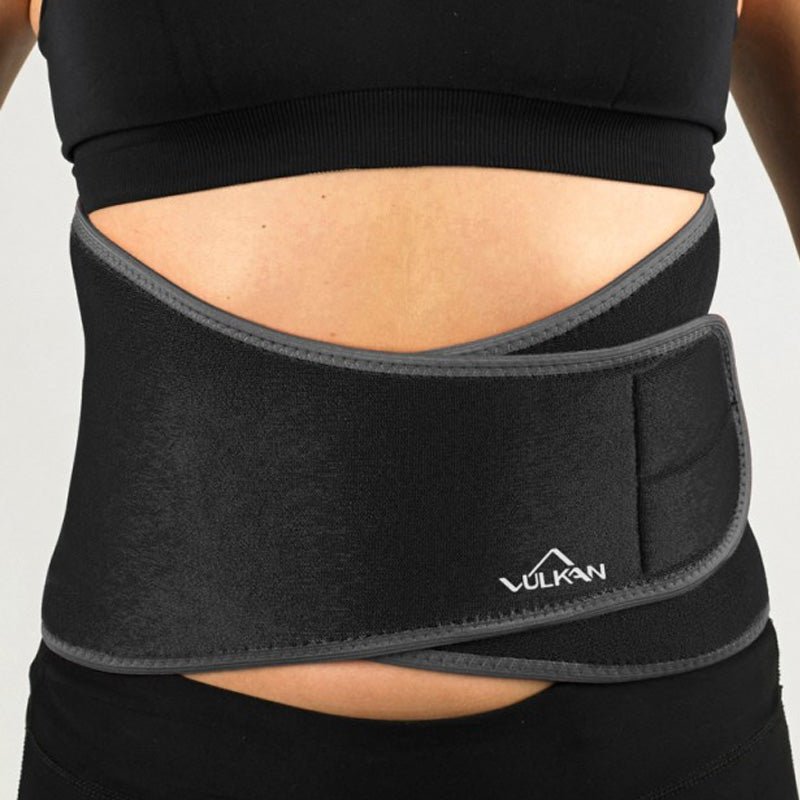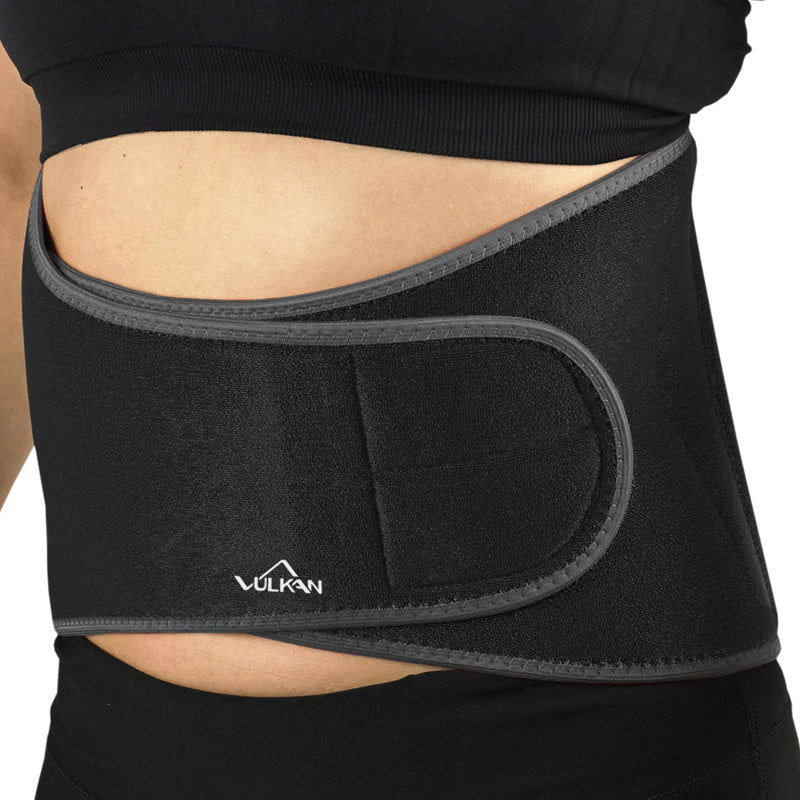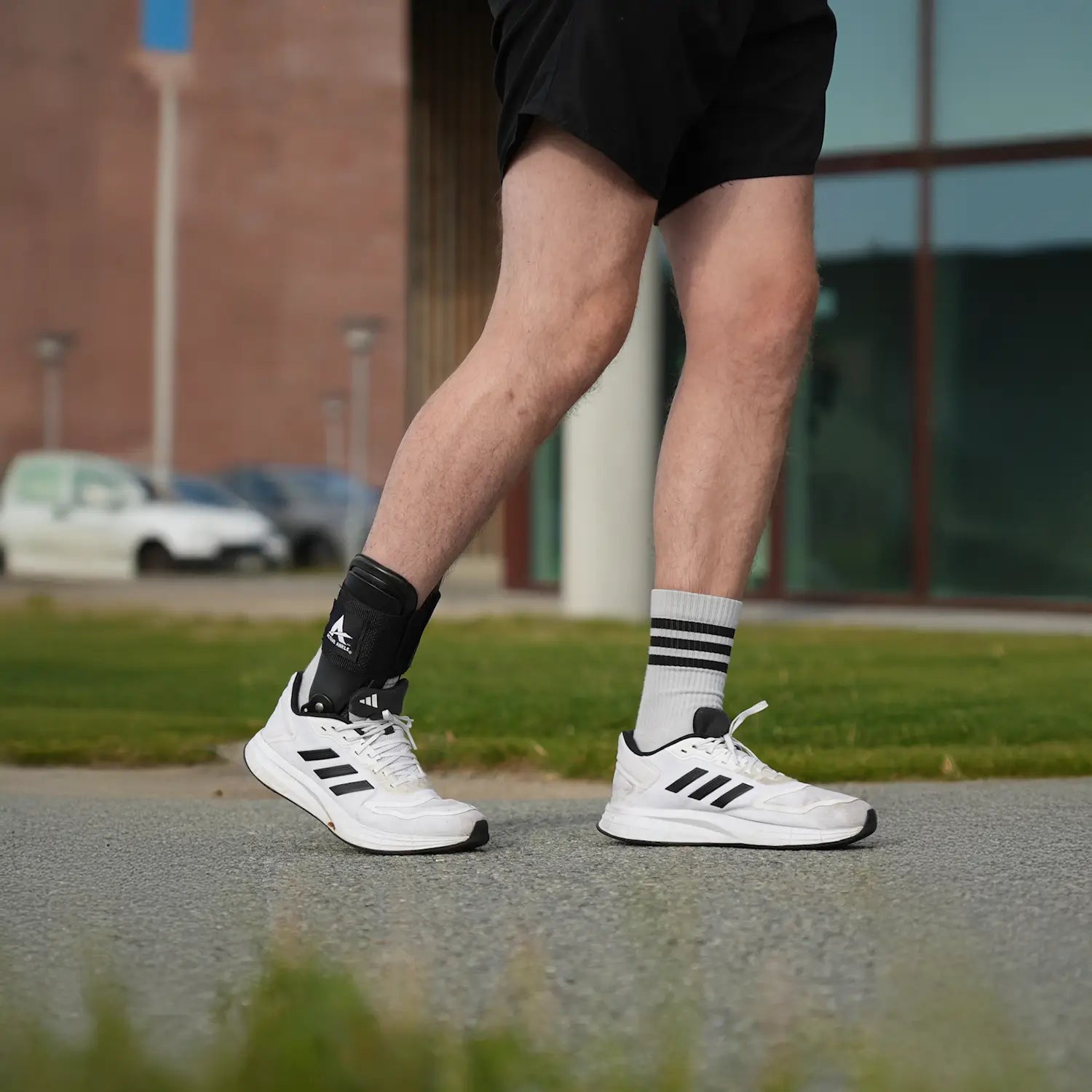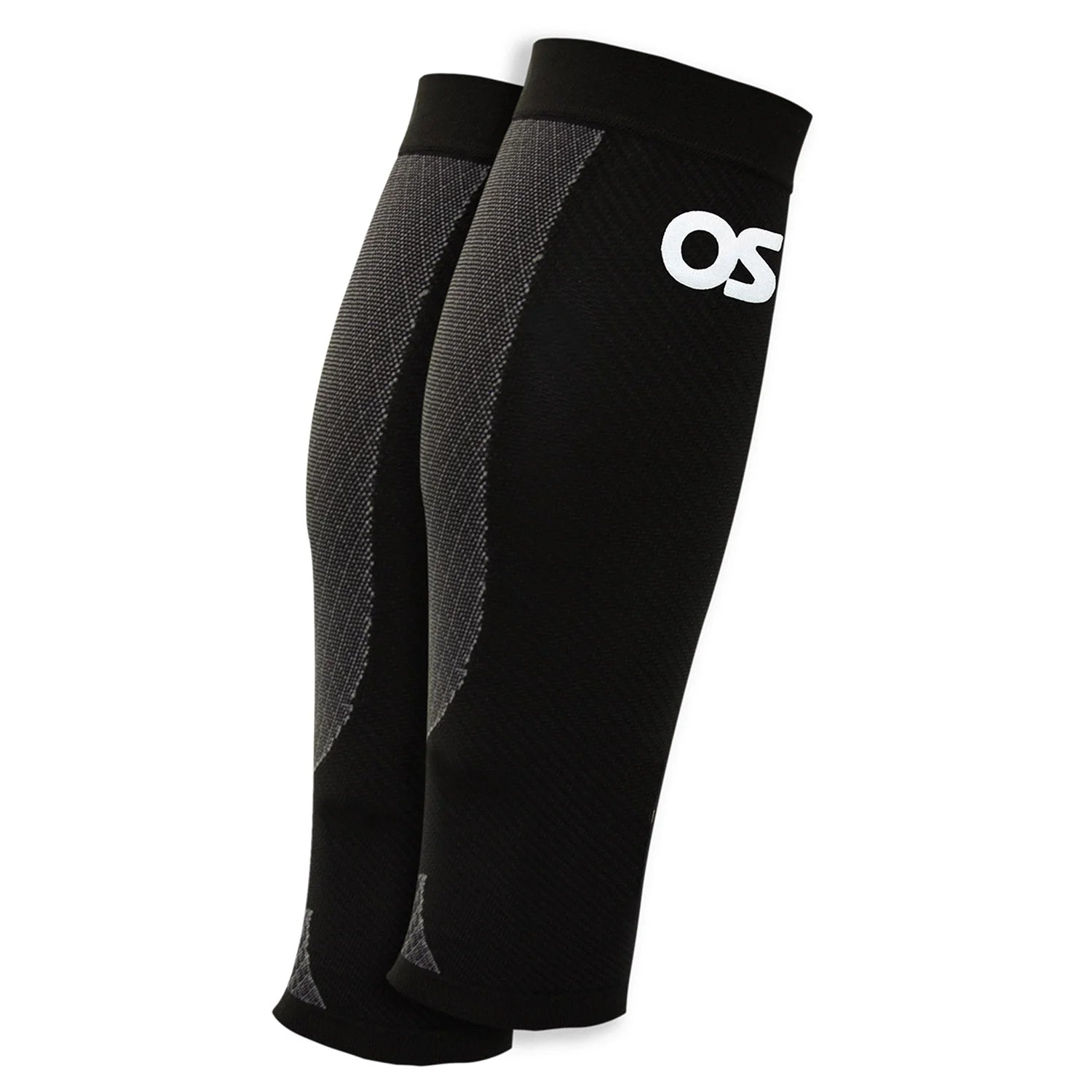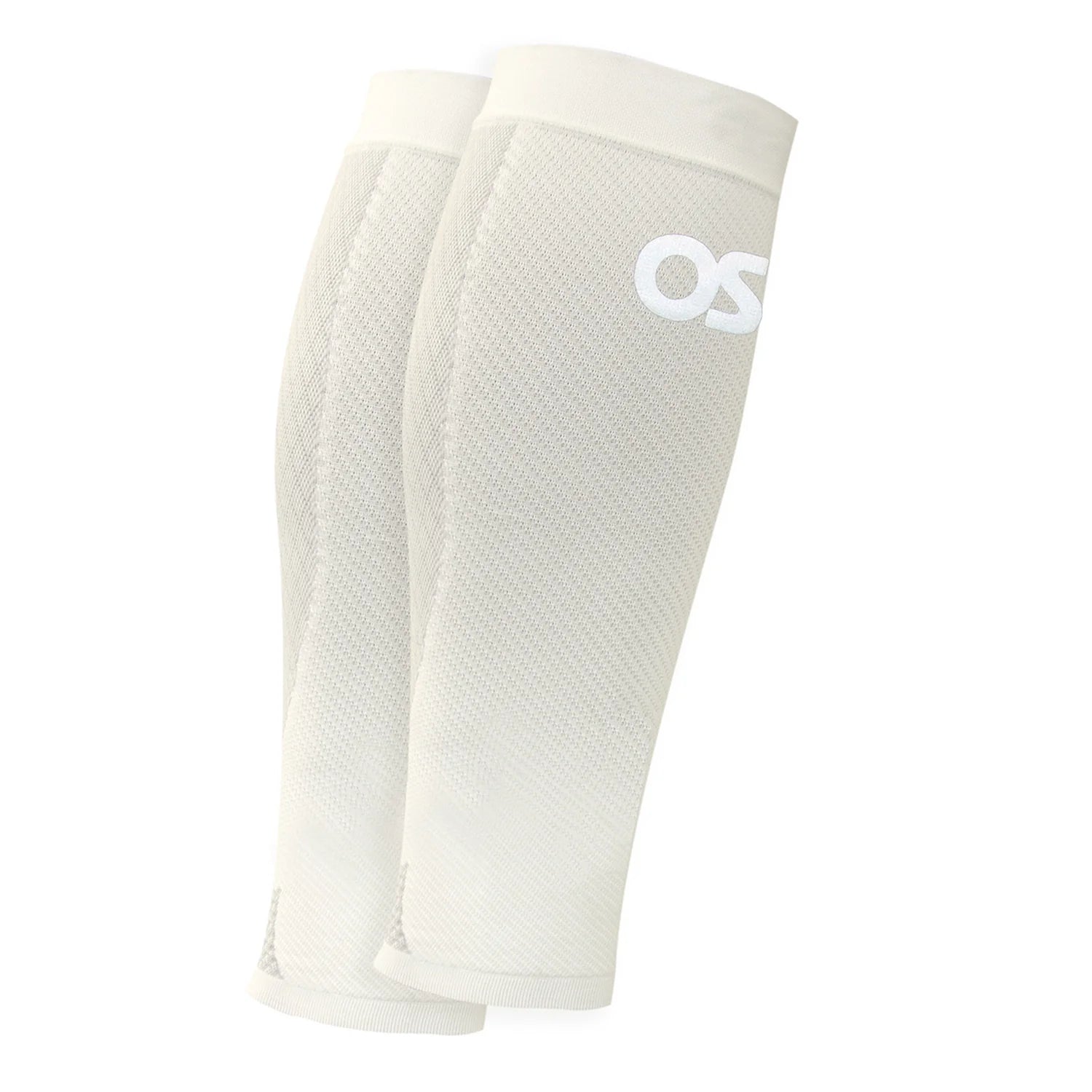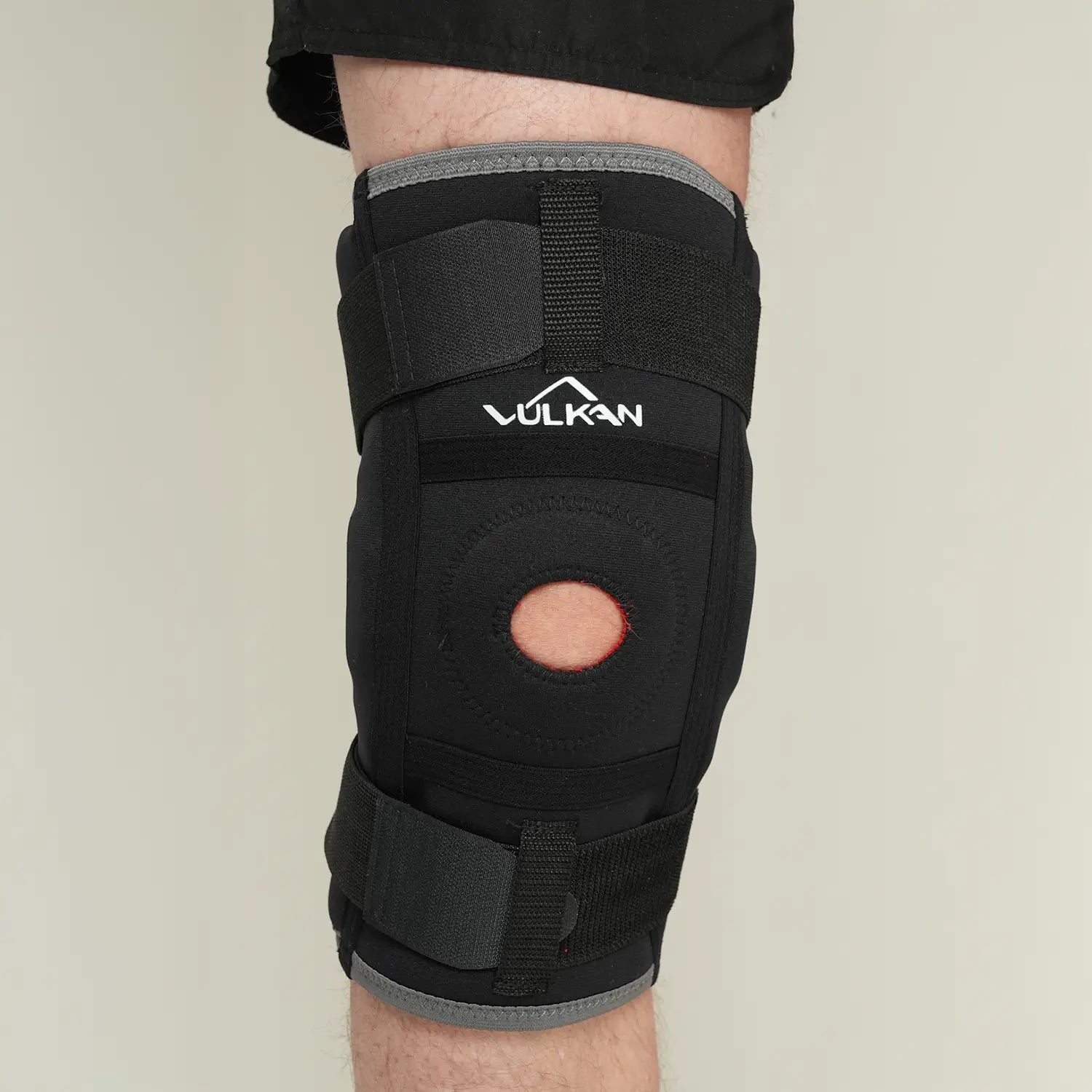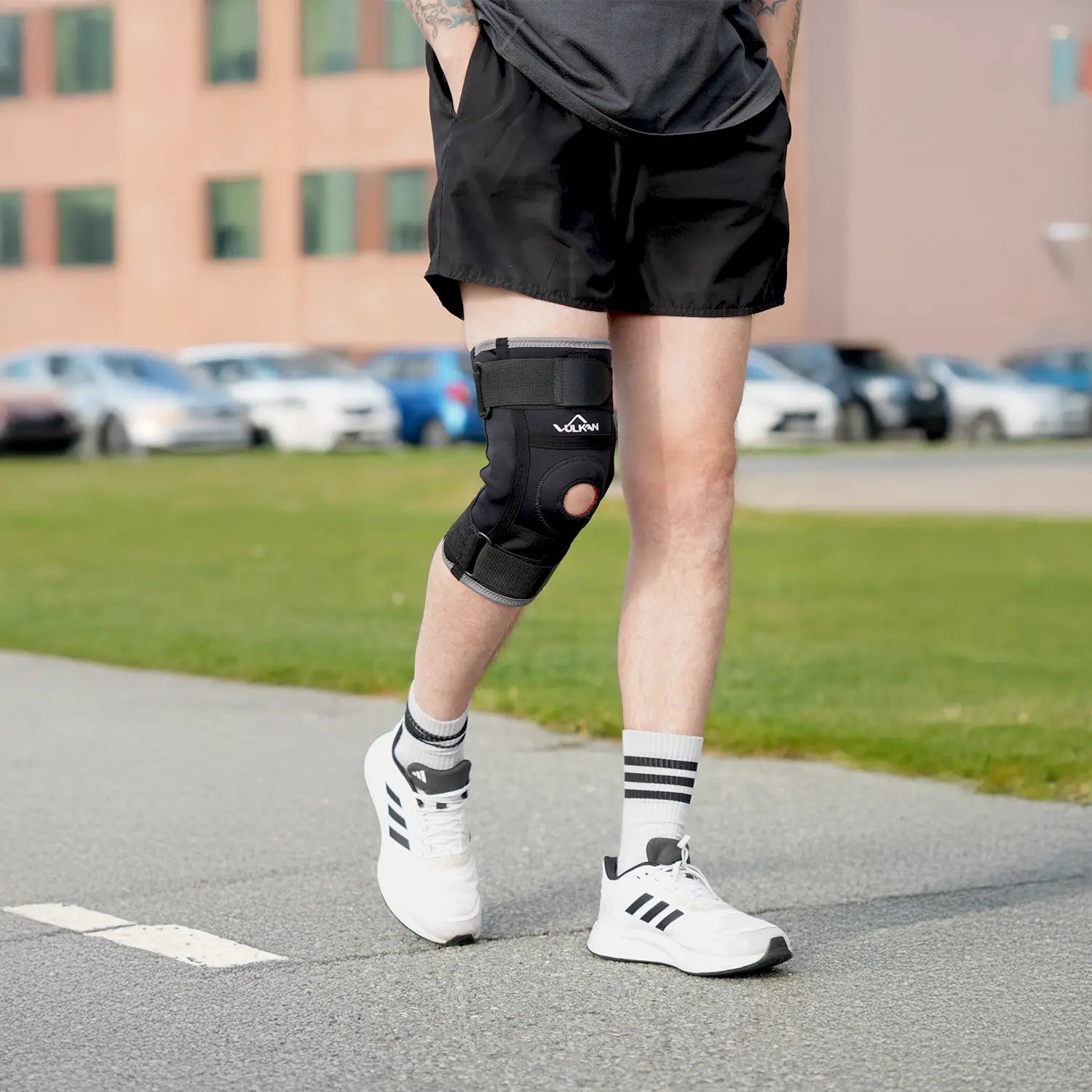
Hallux Valgus
Content description
Hallux valgus, also known as bunion, is a common foot problem in which the big toe is angled inward toward the other toes. This misalignment often causes a bump to form at the joint of the big toe, which can cause both pain and difficulty finding shoes that fit. The condition often develops over several years and can worsen if left untreated.
Symptoms of hallux valgus
Typical symptoms are:
- Lump or bulge at the base of the big toe on the inside of the foot
- Pain and tenderness over the bunion, especially when wearing tight shoes
- Redness and sometimes swelling around the big toe joint
- Stiffness or decreased mobility in the big toe
- The big toe points towards the other toes
Causes
There are several causes of hallux valgus, but heredity is one of the most important. If someone in your family has a crooked big toe, you are at greater risk of developing it yourself. Other contributing factors include wearing narrow or pointed shoes, age, a sunken arch, and being overweight, which can increase the strain on the forefoot. Women are affected more often than men, partly due to shoe use.
Diagnosis
You can usually be diagnosed during a routine medical examination. The doctor will look at the appearance of your foot and ask about symptoms and problems. Sometimes an X-ray will be taken to see how much the joint has changed and to plan any treatment.
Treatment
The treatment is primarily aimed at relieving symptoms and preventing the deformity from getting worse. Many people find good results by switching to wider and more spacious shoes that do not press against the big toe joint. If the pain persists, inserts, toe spreaders or special protectors can be used to reduce pressure and support the big toe. Foot exercises to strengthen the muscles around the foot can also help. In severe cases, surgery may be an option, but it is rarely the first choice.
Prevention
You can reduce your risk by choosing shoes that are wide at the front and have a low heel. It is also a good idea to avoid wearing tight shoes for long periods. Maintaining a normal weight and doing simple foot exercises can provide additional protection against the big toe starting to angle inward.
Recommended products
Can hallux valgus go away on its own?
No, a crooked big toe does not usually go away spontaneously, but the right shoes and relief can slow down the progression and relieve the discomfort.
When do I need to seek medical attention?
Seek medical attention if you have severe pain, trouble finding shoes, or if your big toe continues to become more and more bent.
Do inserts or toe spreaders help?
Yes, many people experience reduced pain and better comfort with these aids.
Is surgery the only solution for severe hallux valgus?
No, but for severe problems where other methods do not help, surgery can give good results.






